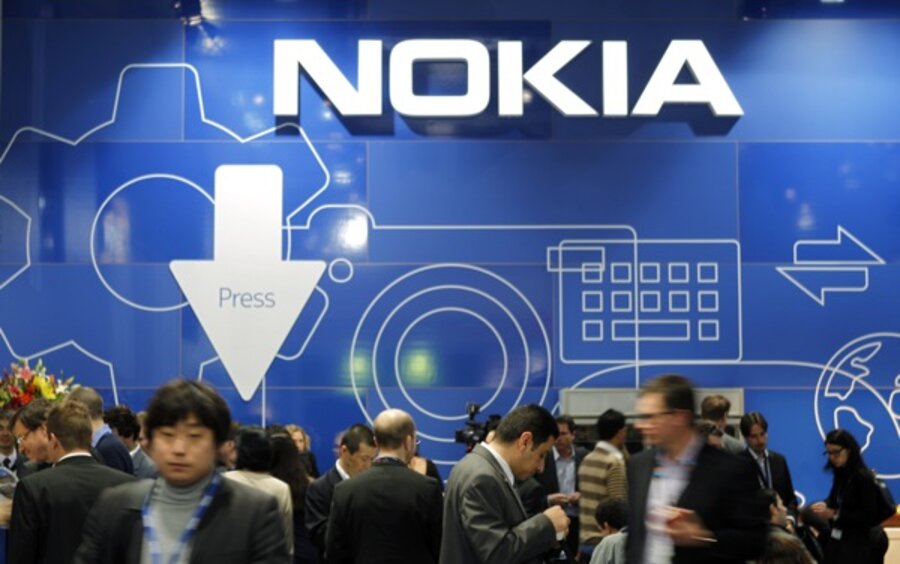Nokia patents vibrating tattoos
Loading...
Imagine not being able to separate yourself from your mobile phone. Literally.
Cellphone-maker Nokia now owns a patent for a tattoo capable of stimulating someone when they receive a call or text, reports Tech News World. It’s not yet known if Nokia is actively working on developing this technology, but the patent proves that corporations are looking to create more than the next faster, aesthetically pleasing device.
Such a "tattoo" would be more of a skin graft. Its material would be “capable of detecting a magnetic field and transferring a perceivable stimulus to the skin,” according to TNW. The question is: Are people willing to permanently attach themselves to their phones, even if it makes communication more convenient?
It might not be as far from reality as you might think. Microchips carrying a person’s medical information – not as visible as tattoos, but similar in function – were approved by the FDA in 2004. Advocates applauded the chip for its ability to quickly deliver records to hospitals and doctors, making it easier to deliver treatment in the case of an emergency.
Critics worried about identity theft and privacy infringement, both legitimate concerns considering the chip’s persistence and accessibility. Regardless, such a chip demonstrates the importance and commercial value of a tool that increases the efficiency of person-to-person communication.
In the case of Nokia’s potential tattoo, communication would be unavoidable, unless Nokia develops “on” and “off” features. But because near-instant notification of communication already exists (headsets, cell phone alerts, even Facebook), this tattoo technology isn’t a demand as much as it is a novelty.
When companies merge practicality and novelty, as Apple did with the iPhone, audiences often follow. For now, a vibrating tattoo only seems practical for replicants in “Blade Runner.” But when the world starts to look more like a science fiction movie, Nokia might have a leg up on the competition.
For more tech news, follow us on Twitter @venturenaut. And don’t forget to sign up for the weekly BizTech newsletter.







